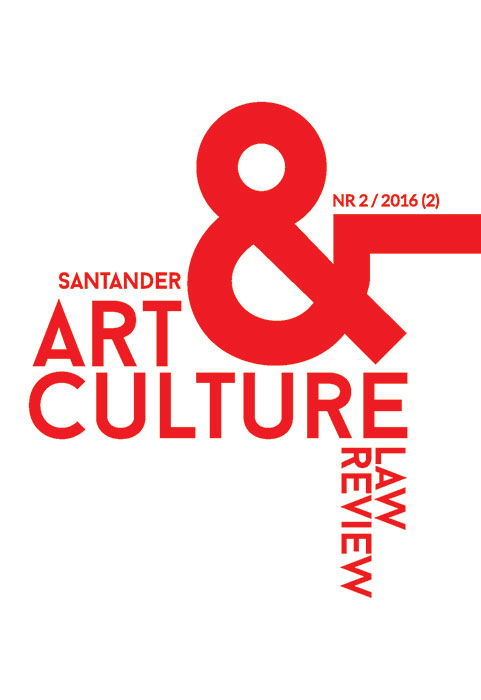Trading and Returning Cultural Objects under International Law
Trading and Returning Cultural Objects under International Law
Author(s): James A.R. NafzigerSubject(s): Museology & Heritage Studies, International Law
Published by: Wydawnictwo Uniwersytetu Jagiellońskiego
Keywords: international trade; cultural exception; national treasures; return of cultural objects; compliance with international obligations
Summary/Abstract: This paper discusses the European Directive 2014/60 within a broader regime of international law applicable to claims for the return by states of cultural objects that have been unlawfully removed from the territory of other states. The foundation of this regime is international trade law, based on national import and export controls within a framework established by the 1994 GATT. Claims for the return (and restitution) of objects, after the fact of an international transfer, are based on national laws of cultural patrimony and provisions of international instruments, primarily the 1970 UNESCO and 1995 UNIDROIT Conventions. International human rights law is also important. Article XI of the 1994 GATT, which prohibits quantitative restrictions on the import and export of goods, would appear to inhibit national controls over trade in cultural objects. But the prohibition is subject to an exception in Article XX for measures imposed on the protection of national treasures of artistic, historic or archaeological value. This exception is reiterated in Article 36 of the TFEU and Directive 2014/60. It will be apparent that private international law necessarily plays a significant role in governing the transnational movement and return of cultural objects. National export and import laws that pertain to cultural objects vary from non-existent or neglected to highly restrictive and effective. The scope of national compliance with the international regime governing the restitution and return of objects and the requirements of the national administrative processes involved also vary widely. In all, legal pluralism flourishes unsurprisingly, given the complexity of the international regime, inevitable discrepancies among its components, and the multiplicity of actors and political currents in the process of cooperation.
Journal: Santander Art and Culture Law Review
- Issue Year: 2/2016
- Issue No: 2
- Page Range: 179-194
- Page Count: 16
- Language: English

